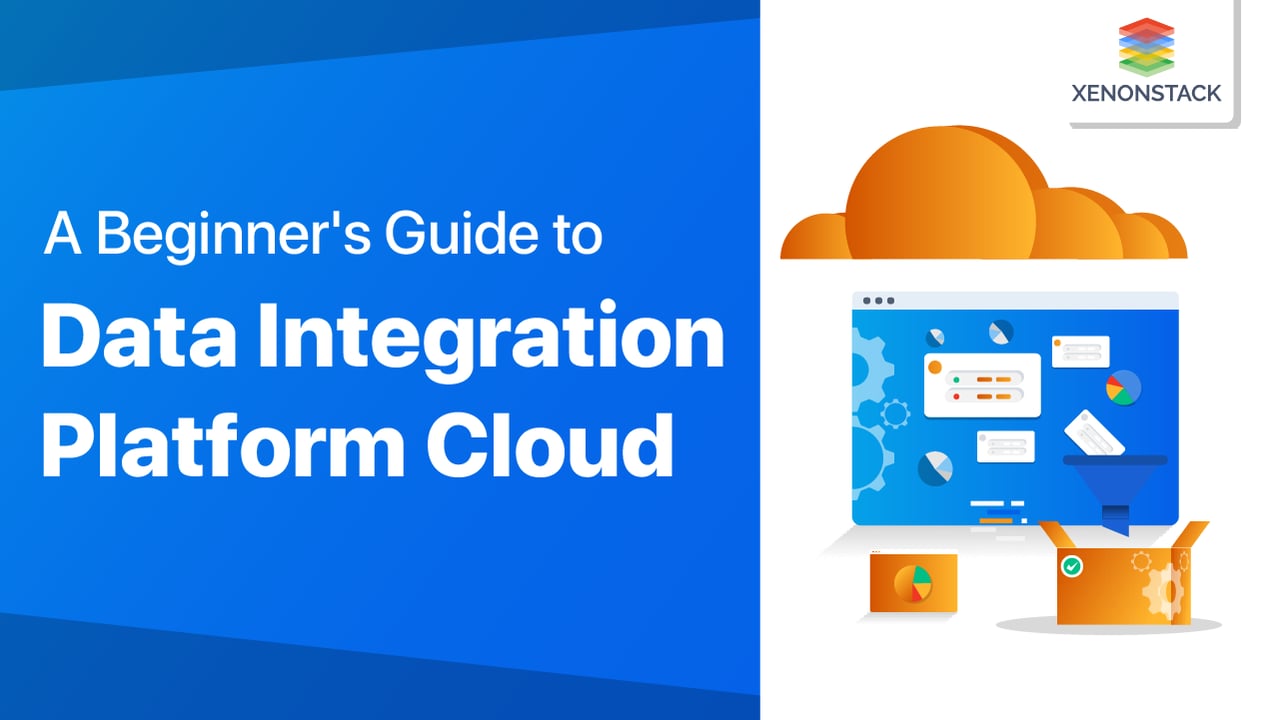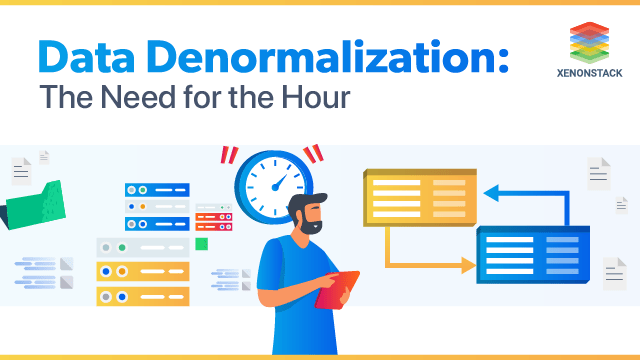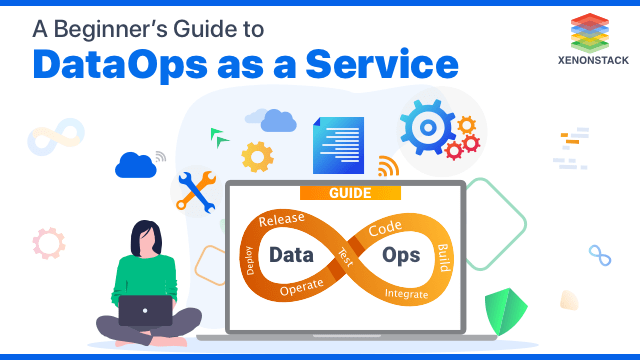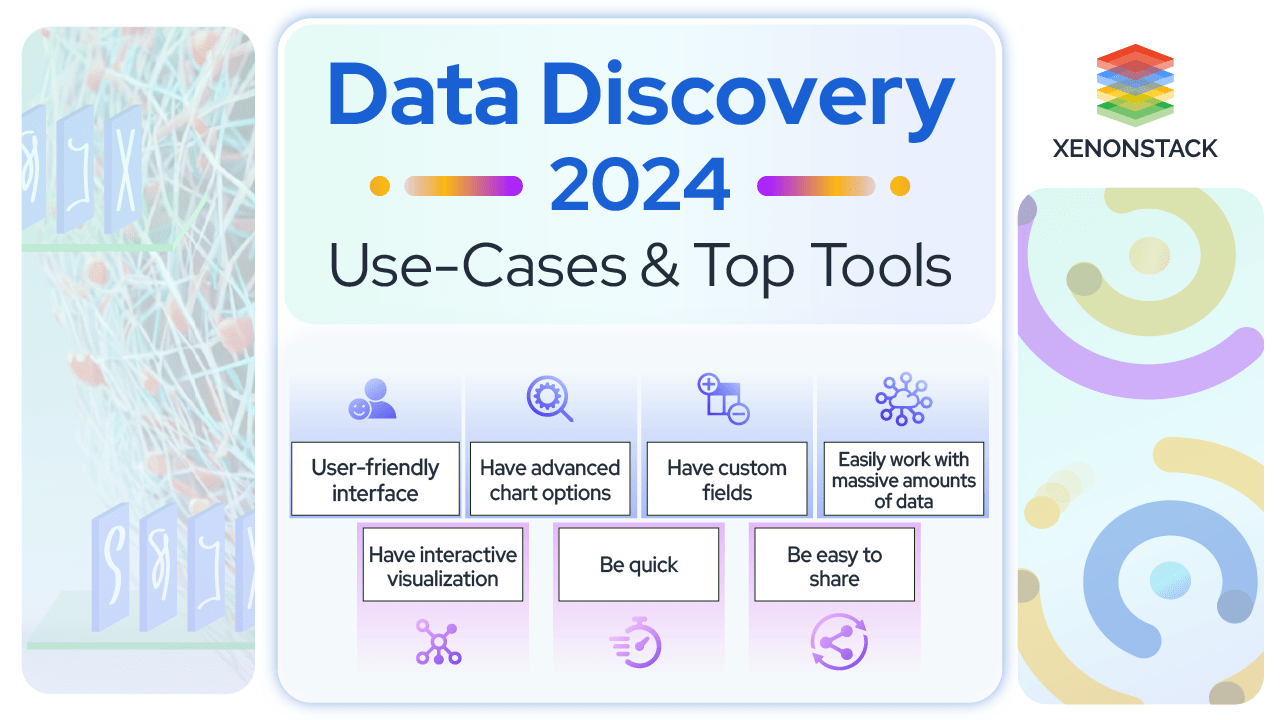
Introduction to Data Integration Platform Cloud
Around 85 percent of businesses prefer hybrid cloud integration as their IT operating strategy. While ad-hoc, scripted, or homegrown automation is generally used to complete straightforward data integration tasks, enterprise-scale projects nearly always call for an integration platform. However, it isn't easy to share data and integrate applications between cloud and on-premises systems as it necessitates, among other things, data formatting, transfer, transformation, quality, and data governance. Therefore, businesses want unified cloud integration platform solutions that can perform all the tasks in one place.
In this post, we'll discuss it, examine its advantages and architecture, and explore the qualities you should seek in a cloud integration platform.
The online solutions that enable the execution of multiple tasks in the same place through the internet. Click to explore about our, Data Integration Tools and its Benefits
What is a Data Integration Platform Cloud?
It is a unified platform for data transformation, real-time data replication, data quality, and data governance.
It enables IT workers to combine data from several sources and give a complete, accurate, and up-to-date dataset for BI, data analysis, and other applications and business processes in a single environment.
Why use Data Integration Platform Cloud?
It is a unified cloud-based platform that brings the capabilities of a complete Data Integration, Data Quality, and Data Governance solution. These capabilities can help to migrate, transform, cleanse, replicate, integrate, analyze and govern data.
Elaborating on the various benefits of using it:
- Move data in batch and real-time: It can help move data in real-time and batches, depending on the goal of the integration, among cloud or on-premises data sources.
- Data Synchronization: It allows you to synchronize data between an on-premises database and a cloud database, two cloud databases, or between two on-premises databases.
- Data Replication: It captures transformations in your data source and updates the target data source in real time.
- Cost Efficiency: The need to hire expensive developers to write code for client integrations gets eliminated because the necessary platform is available in the cloud as monthly or yearly subscriptions. Furthermore, no hardware or software is required to integrate the applications.
- Updates rather than Upgrades- Automatic, dependable, and frequent updates provided by Data Integration Platform Cloud minimize maintenance costs, increase dependability, and ensure that businesses can utilize the most recent features and advancements.
- Scalable: Scalability in both the technical and business senses is another factor influencing a company's decision to use this solution. It enables business expansion to satisfy demand. Enterprise-class capabilities are advantageous for any size organization.
- Agile Enablement: The firm needs to be adaptable in this digital age. Business agility is the ability of a company to quickly and cost-effectively adapt to changes in the business ecosystem. As a result, the intended integration can be completed, changed, and terminated as needed with Data Integration Platform Cloud without worrying about providers' consent or incurring any additional costs.
- Integration with Big Data Technologies: It provides a feature to integrate big data technologies like Hadoop, Apache, Data Lakes, and many more to process, analyze or extract from complex data sources
What is the architecture of Data Integration Platform Cloud?
The data from various data sources like Data Warehouse, RDBMS, Files, SAAS, Mainframe, Apps, SAP, and many more present in Cloud or On-Premises are combined to create end-to-end, accurate, and up-to-date data pipelines. It provides real-time, analytics-ready data by automating data streaming, transformation, cataloging, quality, governance, and delivery to Data Lakes, RDBMS, or data warehouses.
What are its key features?
More businesses are choosing to use database and cloud-agnostic data integration platforms rather than depending on inbuilt DBMS or cloud vendor tools and manual ETL code to execute its tasks. You may extract, filter, transform, distribute, aggregate, model, index, and synchronize data across many data repositories more quickly and effectively using a single unified platform.
Here are some essential qualities to look for in its platform, in addition to supporting several data formats, data sources, and targets:
- Specific application support - Does the platform allow you to run the applications you want to run? What would it take to create a custom connector or add more data sources through API, and is it expandable and capable of supporting any apps or data formats you might use in the future?
- Ease of Use - Integration platforms typically provide a visual interface for integrating data fields from source and target systems. Please verify that the interface is user-friendly for those who will perform the data mapping because they might not have a technical background. Make sure it has the strength to manage the data formats, regulations, and exceptions specific to your company.
- Security and compliance - Think about the industry standards and security requirements that each dataset must meet. Check to see if the integration platform can meet those needs for one-time data transfers and ongoing data synchronization.
- Data cleaning, preparation, and integrity - Verify that the integration platform is in charge of gathering data, transforming it to the desired format, and ensuring its accuracy. If not, other tools or approaches will need to be in place to produce the data stream your target application requires.
- Scalability and flexibility - Big data integration initiatives must have the ability to scale up as data quantities increase and accommodate quickly changing use cases and new technologies. It involves the monitoring and management of relevant processes at the corporate level.
Conclusion
Cloud data integration platforms will be crucial as businesses produce more and more data. They can eliminate redundant data, boost workplace communication, converge data stores, and do many other things. Enterprises may mine data for insights more efficiently. Business operations are enhanced, and applications will communicate more effectively. Businesses will have a distinct competitive advantage thanks to these and other benefits of cloud data integration platforms, which they alone stand to lose.
- Discover here Real Time Big Data Integration Solutions
- Click to explore about our DataOps Managed Services


